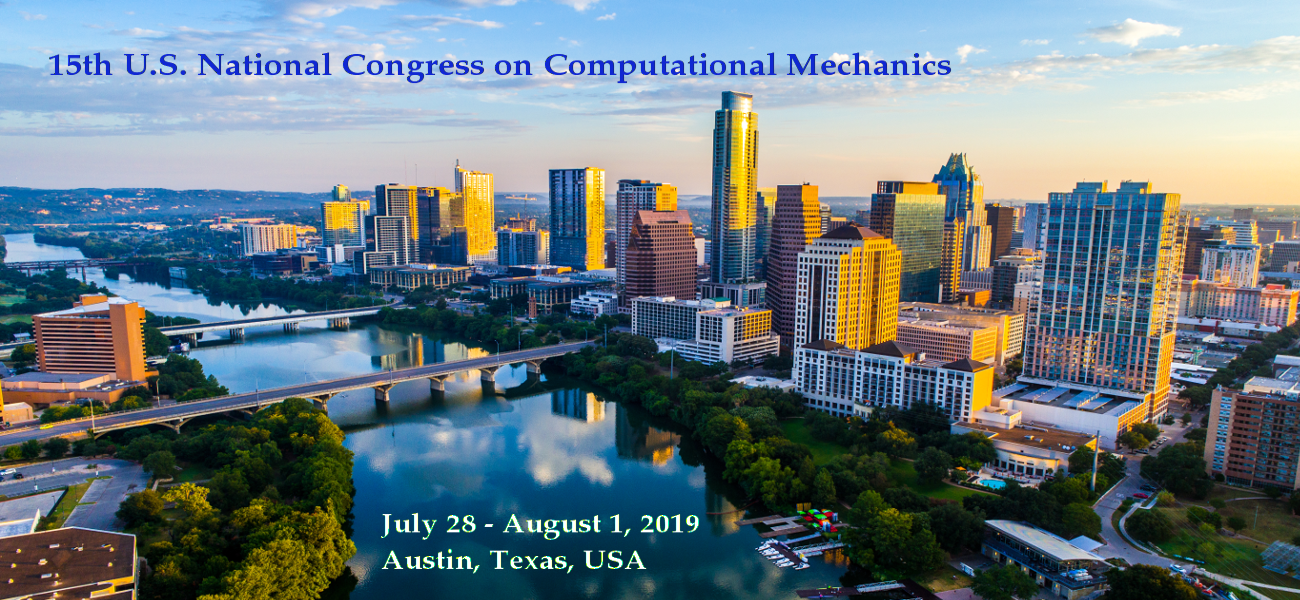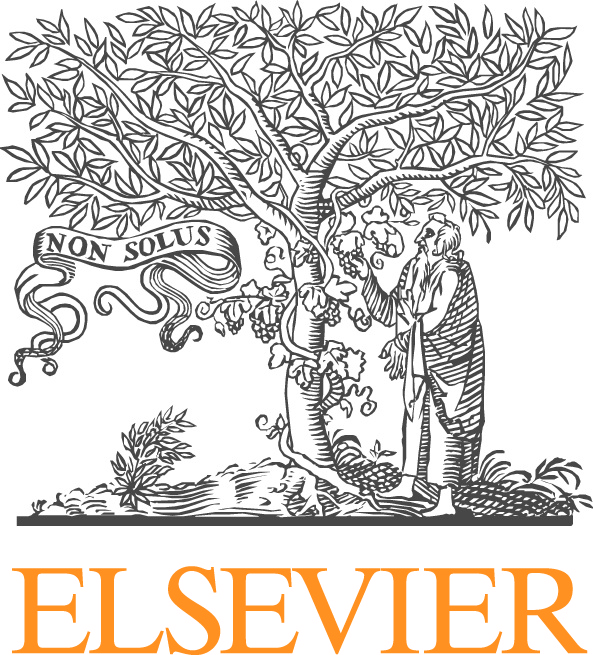Architectured and composite materials such as phononic crystals and acoustic metamaterials offer unprecedented dynamic properties that are not possible with traditional engineering materials. These unique properties (e.g., negative refraction, band gap formation, non-reciprocal behavior) allow the possibility to create novel engineering applications, such as acoustic cloaks, acoustic diodes, wave guides, topological insulators, impact mitigators and others. Modeling of the dynamic behavior of this important class of materials is testing the capabilities of even the most sophisticated multiscale computational methods available today. The necessity to accurately capture interactions between high-frequency waves and the material microstructure, and the negative or complex-valued effective properties of the homogenized media require us to rethink some of the fundamental assumptions made in the existing multiscale theories.
In this talk, we will present two multiscale computational approaches to simulate the transient wave propagation in heterogeneous materials with the objective to accurately characterize wave dispersion, wave attenuation and band gaps. The first approach is asymptotic homogenization with higher order corrections, which are incorporated to extend the applicability of the mathematical homogenization theory to short wavelength regime. We demonstrate that this approach is effective in capturing the behavior of phononic crystals that disperse waves through Bragg scattering. The second is a multiscale spectral method based on variational multiscale enrichment principles. This method does not rely on the scale separation assumption, which puts a hard limit on where the homogenization theory can be useful. We demonstrate that metamaterials that disperse waves through local resonance can be effectively modeled using the proposed multiscale spectral method. The capabilities of both methodologies are demonstrated in the context of multi-modal transient acoustic wave propagation in structures made of elastic and viscoelastic constituents.







